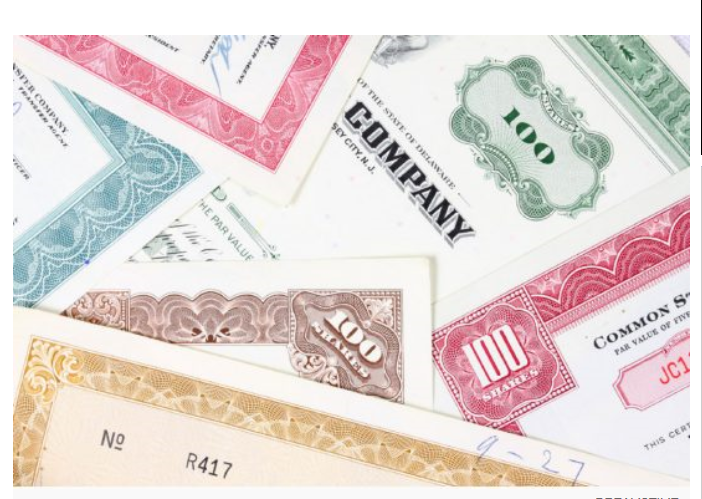Ben Jang, a portfolio manager at Nicola Wealth Management, said those who are looking for quality names and high yield may want to consider preferred shares.
Preferred shares are company stock with dividends that are paid to shareholders before common stock dividends are paid out. In the event a company goes bankrupt, preferred shareholders have a right to be paid company assets first.
While so-called perpetual perferred shares do not change their dividends, the majority of preferred shares available on the Canadian market are tied to the five-year government of Canada bond yield, and are reset every five years.
Though the S&P/TSX preferred share index has made gains in recent days, it’s down about 17 per cent for the year. That compares with a roughly seven per cent drop in the S&P/TSX composite index.
Jang said the drop in the preferred market could be attributed to investors adjusting to the expectation of lower dividend payments by rate-reset preferred shares.
“Because the five-year (rate) has gone down so quickly, when these issues were coming due, people were faced with very low yields and a yield that they weren’t actually happy with,” Jang said.
That’s been compounded by new offerings of preferred shares this year that were priced attractively to compensate for the drop in bond yields, he added.
The government of Canada five-year bond yield sits at around 0.8 per cent, down more than half of a percentage point from where it began the year.
That means the dividends to be paid for the next five years by the rate-reset preferred shares issued five years ago are being cut because that key bond yield is lower than where it was five years ago.
For example, BCE’s series AK preferred shares were issued in 2011 and currently pay an annual dividend rate of $1.0375 per share.
On Dec. 31, 2016, the dividend will be reset to a yield equal to the government of Canada five-year bond rate, plus 1.88 percentage points, based on the share’s $25 issue price. That means that if the bond rate is the same as it is today at 0.8 per cent, its new annual dividend rate will be about 67 cents per year.
In anticipation of a new lower dividend at the end of next year, the shares, which were issued at $25 and traded for about $21 at the start of this year, now trade for around $15 on the Toronto Stock Exchange.
Mikhial Pasic, a vice-president and fixed income portfolio adviser at RBC Dominion Securities Inc., said because the preferred share market has fallen so much, it has become more attractive.
“I think for long term, at this juncture, it is a pretty decent asset class to highlight,” he said.
But that doesn’t mean they can’t go lower.
Pasic cautioned if the five-year government of Canada bond yield goes lower, the dividend rates paid by rate-reset preferred shares up for renewal will also drop.
He also noted that preferred shares can be a more complicated investment for investors who need to understand what they are buying.
“You need to have a solid understanding of how the cash flow structure of rate resets work so you’re not spooked if these issues continue to decline in the short-term,” Pasic said.
Preferred shares are generally issued at $25 per share and have a higher claim on a company’s assets than shares, but rank behind bonds.
During the financial crisis, preferred shares were hammered alongside the rest of the market and, like common shares, they can go to zero if a company goes bankrupt. But unlike common shares, preferred shares don’t have the same potential for growth. A company can also suspend dividend payments on preferred shares, unlike the interest payments on a bond.
For investors holding them in taxable accounts, the dividends paid on preferred shares by Canadian companies qualify for the dividend tax credit, however preferred shareholders generally don’t have any voting rights like common shareholders.
Companies that issue preferred shares can also buy them back from investors under terms that are set out when they’re issued, so be sure to check the prospectus to understand your rights. If you paid more than what the company can redeem the share for, you could be forced to take a loss if a company decides to buy back the shares.
Please read the full post in Toronto Star


Leave a Reply